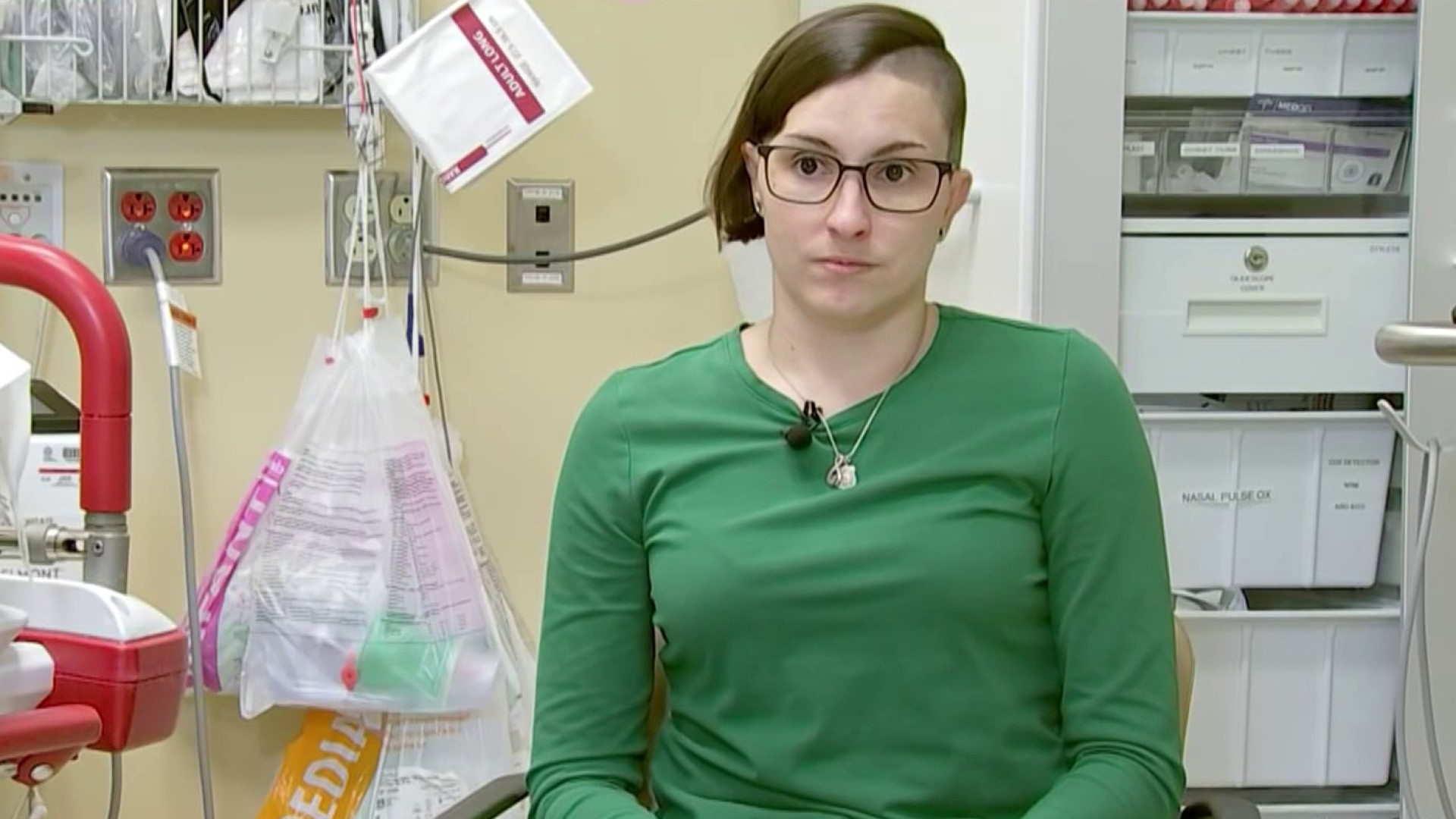The 2013 Atlantic hurricane season, which officially ends Saturday, has delivered the fewest hurricanes since 1982, forecasters said on Monday.
The National Oceanic and Atmospheric Administration said in a news release Monday that drier-than-expected air led to the weak season.
This year was to be ranked sixth least active Atlantic season since 1950. This is in terms of collective strength and duration of tropical storms and hurricanes.
“A combination of conditions acted to offset several climate patterns that historically have produced active hurricane seasons,” said Gerry Bell, Ph.D., lead seasonal hurricane forecaster at NOAA’s Climate Prediction Center. “As a result, we did not see the large numbers of hurricanes that typically accompany these climate patterns.”
There were 13 named storms, but only two — Ingrid and Humberto — became hurricanes. Neither was considered "major," a storm that reaches Category 3 strength.
The average Atlantic hurricane season produces six hurricanes, of which three are "major."
Only one storm, Tropical Storm Andrea, made landfall in the United States.
Local
“This unexpectedly low activity is linked to an unpredictable atmospheric pattern that prevented the growth of storms by producing exceptionally dry, sinking air and strong vertical wind shear in much of the main hurricane formation region, which spans the tropical Atlantic Ocean and Caribbean Sea,” said Bell. “Also detrimental to some tropical cyclones this year were several strong outbreaks of dry and stable air that originated over Africa.”



